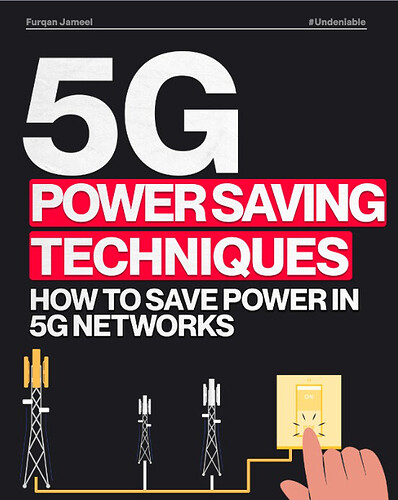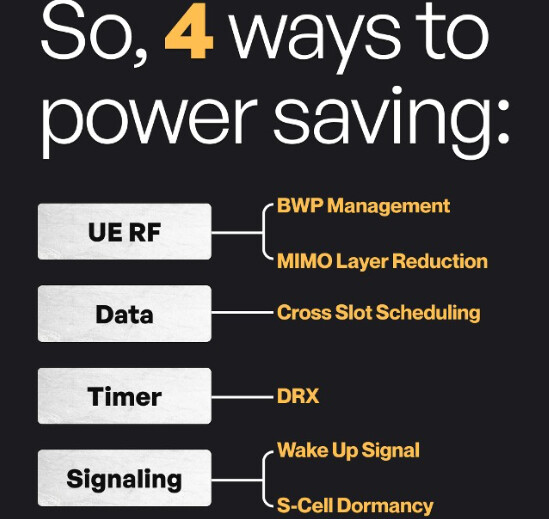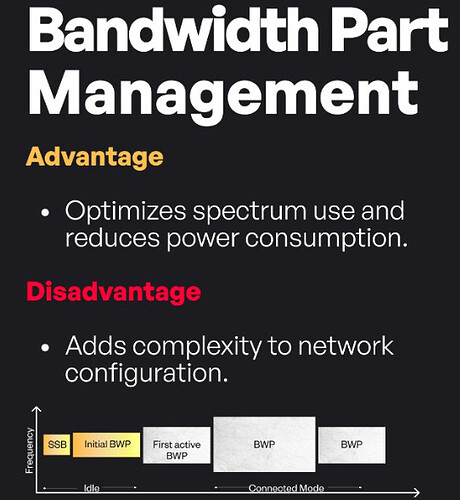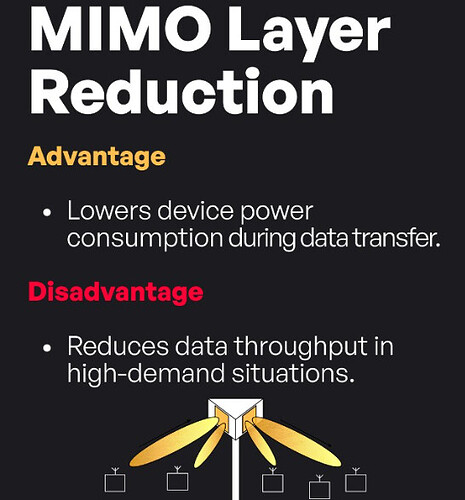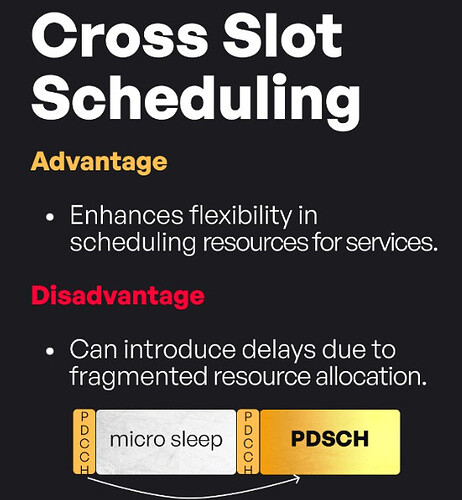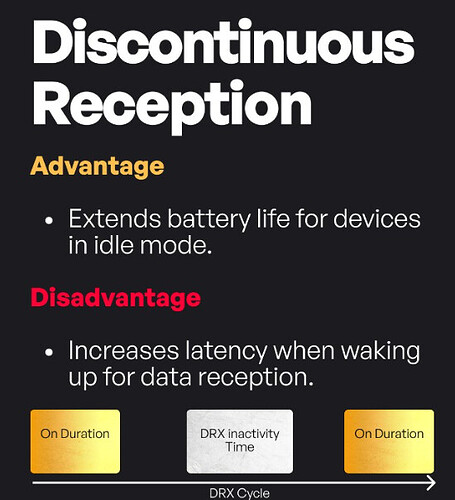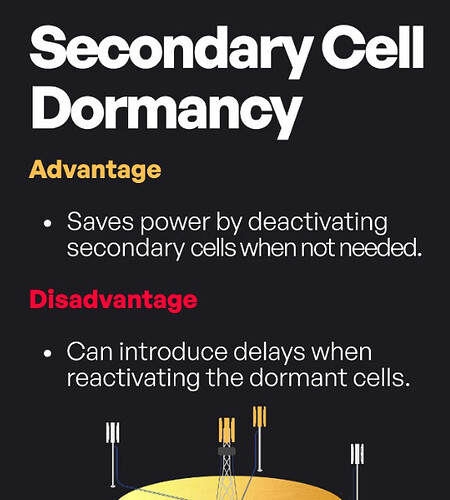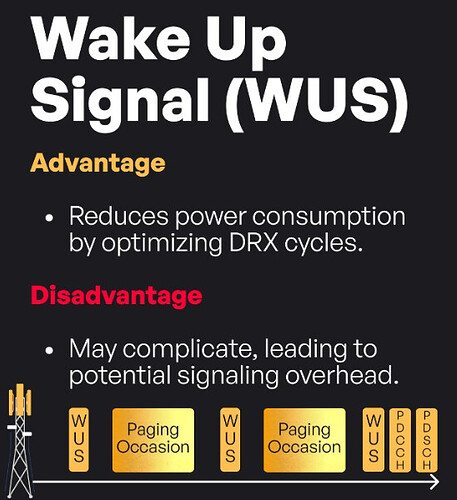That’s a major problem for 5G.
Every time you connect, the 5G network works hard.
But too much work wastes energy.
Some power-saving is built into the 5G standard.
And it matters more than you think.
-
First, there’s DRX.
-
It helps your device save battery.
-
How?
By letting it sleep when it’s not needed.
-
-
Next is beamforming sleep mode.
- Base stations can turn off signals when fewer users are online.
-
Then we have smarter scheduling.
- 5G networks now allocate resources only when they’re needed.
-
Carrier aggregation helps, too.
- It allows the network to choose the best frequency for any given task.
-
Finally, there’s network slicing.
- Think of it as splitting the network into smaller pieces.
- Each piece can save energy depending on what’s needed.
But there’s a challenge.
5G’s energy problem isn’t fully solved.
More devices mean more power needed.
These techniques help, but they aren’t enough.
We also need renewable energy.
It’s not just about cutting usage.
It’s about where the energy comes from.
The focus on 5G power-saving is just the beginning.
Therefore, innovation must keep going.
Thanks for reading.
4 ways to power saving:
BWP - Bandwidth Part Management
MIMO Layer Reduction
Cross Slot Scheduling
Discontinuous Reception DRX
Secondary Dormant Cell
Wake Up Signal (WUS)
LinkedIn: ![]()
